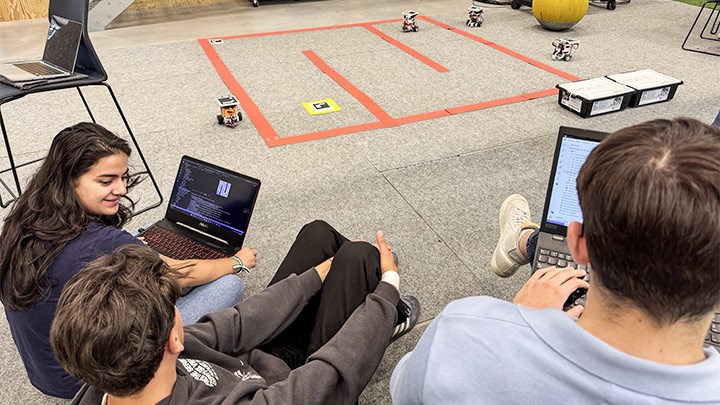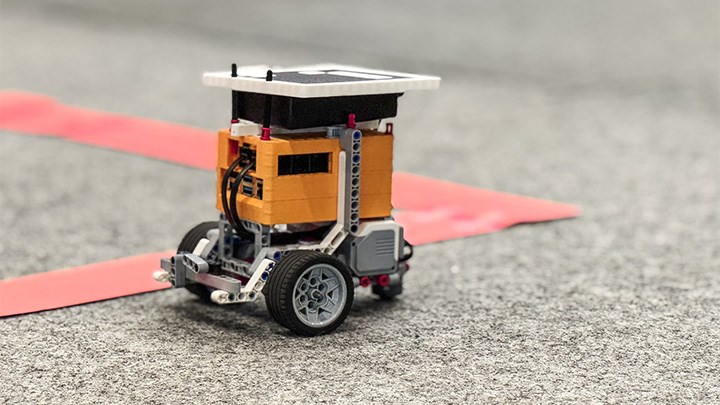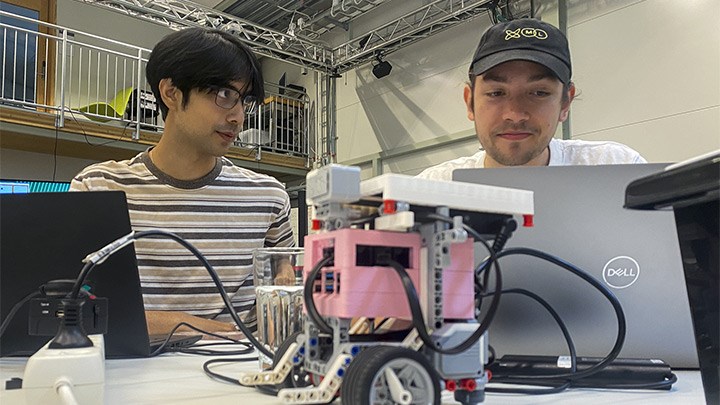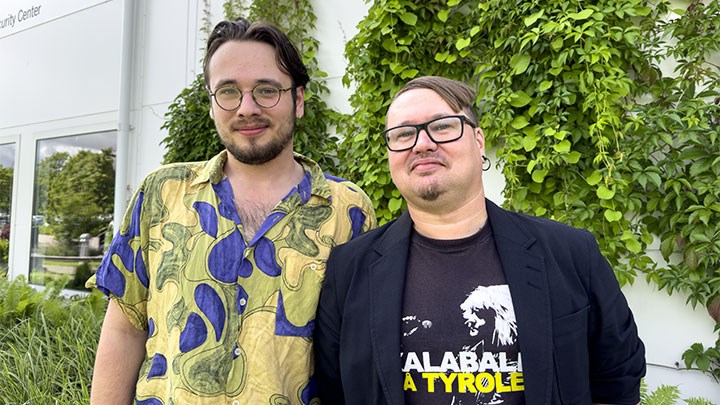Robotics Summer School attracts students from across Europe

Elyssar Myrna Thabet from the University of Jaén makes final adjustments before the competition final.
Now in its fourth year, the course has attracted students from several European universities, gathering in Örebro to hone their skills in robotics. They have built and programmed small autonomous mobile robots and, at the end of the course, they competed in navigating a maze with the fastest time winning.
Interest in the robotics summer school has steadily increased, and this year we broke the enrolment record,” says Andreas Persson, computer science researcher at Örebro University, who leads the course alongside fellow researcher Pedro Zuidberg dos Martires.
A total of 15 students from several European universities took part in the Robotics Summer School, which was organised as a six-credit course. Most attendees are studying computer science or computer engineering.
During their four weeks in Örebro, the students focused on developing their robots to be fully autonomous, able to perceive their environment, make decisions, and act accordingly.
The students are very impressive, despite having different levels of prior knowledge. Some are halfway through their study programmes, while others are nearing the end of their master’s degrees,” says Andreas Persson.

Opening our eyes to robotics
For several participants, the summer school has sparked a new interest in robotics. Elyssar Myrna Thabet from Spain will graduate in September with a Master’s degree in Telecommunications Engineering from the University of Jaén. Although she has programming experience, Elyssar has not previously worked specifically with robotics.
This summer school has inspired me to rethink my options, and I may apply for a PhD position in Sweden in the future,” she says.
“I find the course very fascinating, and it has given me a valuable introduction to robotics. Now I’m seriously considering pursuing a master’s degree in the field,” says Adi Dubey, a computer science student at Aston University in Birmingham.

But it is not just the course that students have enjoyed — they have enjoyed Örebro as well.
“This is my first time visiting Sweden, and I really like it. Everyone here is very friendly,” says Elyssar Myrna Thabet.
The course finale: the competition!
The summer school culminates with a competition where students’ robots navigate a maze from start to finish in the shortest possible time, doing so entirely autonomously. Two days before the final, a test run was conducted so students could test their solutions and make final adjustments to the robots.
“It’s always exciting to see how different teams go about solving the task. They need to get the entire chain to work, using sensor data for decision-making and taking action,” says Andreas Persson.

Text: Jasenka Dobric
Photo: Jasenka Dobric och Simon Franssén
Translation: Jerry Gray
